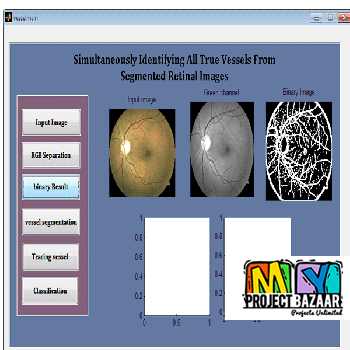
Image denoising using dual tree statistical models for complex Wavelet transform coefficient magnitudes
Product Description
Image denoising using dual tree statistical models for complex Wavelet transform coefficient magnitudes
Abstract—Abstract Wavelet shrinkage is a standard technique for denoising natural images.
Originally proposed for univariate shrinkage in the Discrete Wavelet Transform (DWT) domain, it has since been optimised through the exploitation of translationally invariant wavelet decompositions such as the Dual-Tree Complex Wavelet Transform (DT-CWT) alongside bivariate analysis techniques that condition the shrinkage on spatially related coefficients across neighbouring scales. These more recent techniques have denoised the real and imaginary components of the DT-CWT coefficients separately.Processing real and imaginary components separately has been found to lead to an increase in the phase noise of the transform which in turn affects denoising performance. On this basis, the work presented in this paper offers improved denoising performance through modelling the bivariate distribution of the coefficient magnitudes.The results were compared to the current state of the art non-local means denoising technique BM3D, showing clear subjective improvements, through the retention of high frequency structural and textural information.The paper also compares objective measures, using both PSNR and the more perceptually valid structural similarity measure(SSIM). Whereas PSNR results were slightly below those for BM3D, those for SSIM showed closer correlation with subjective assessment, indicating improvements over BM3D for most noise levels on the images tested.
Including Packages
Our Specialization
Support Service
Statistical Report

satisfied customers
3,589
Freelance projects
983
sales on Site
11,021
developers
175+Additional Information
| Domains | |
|---|---|
| Programming Language |
















